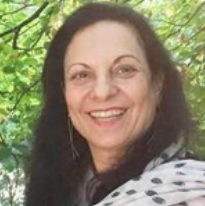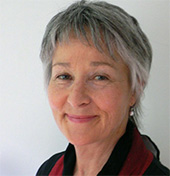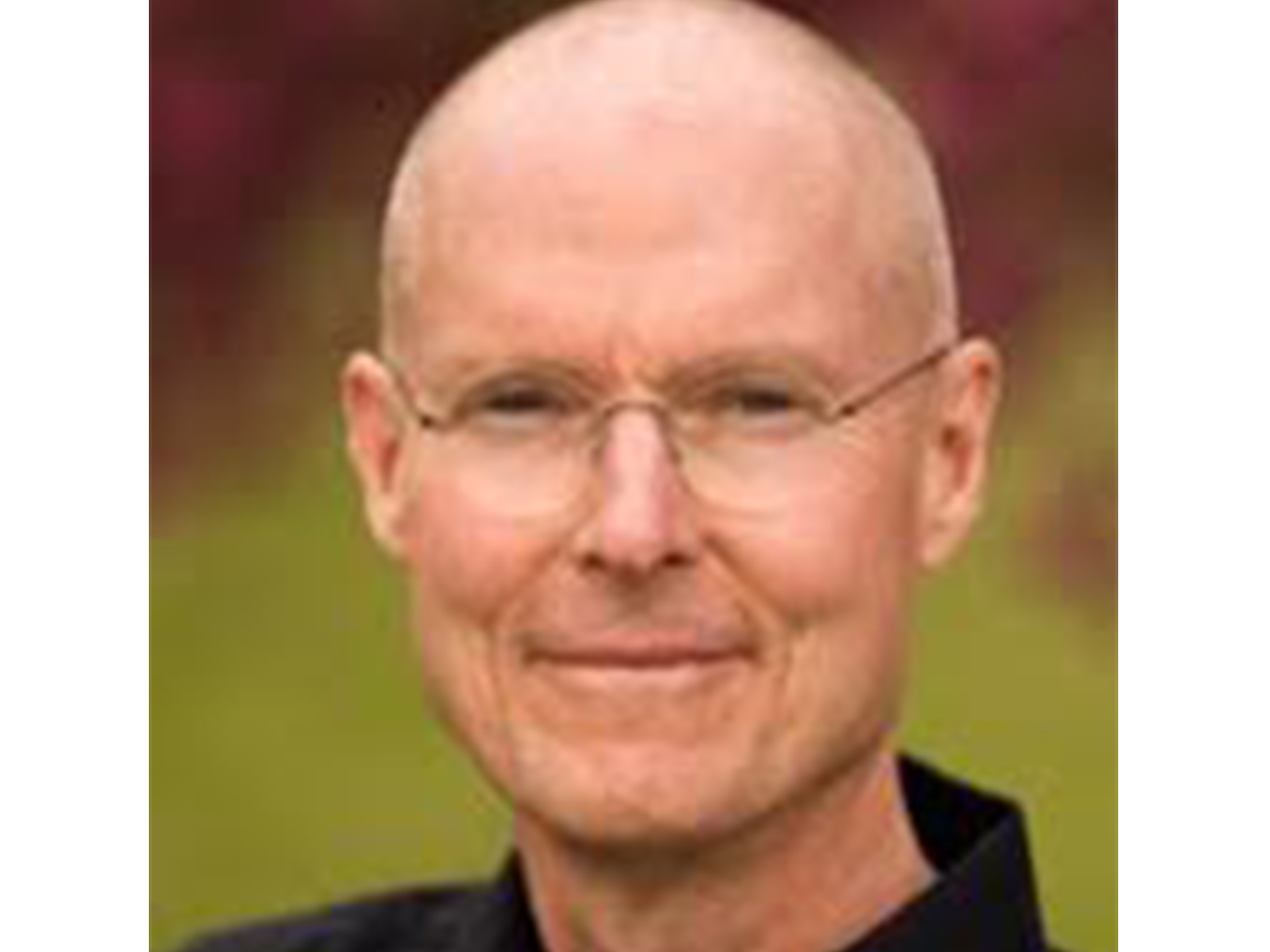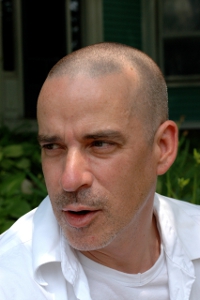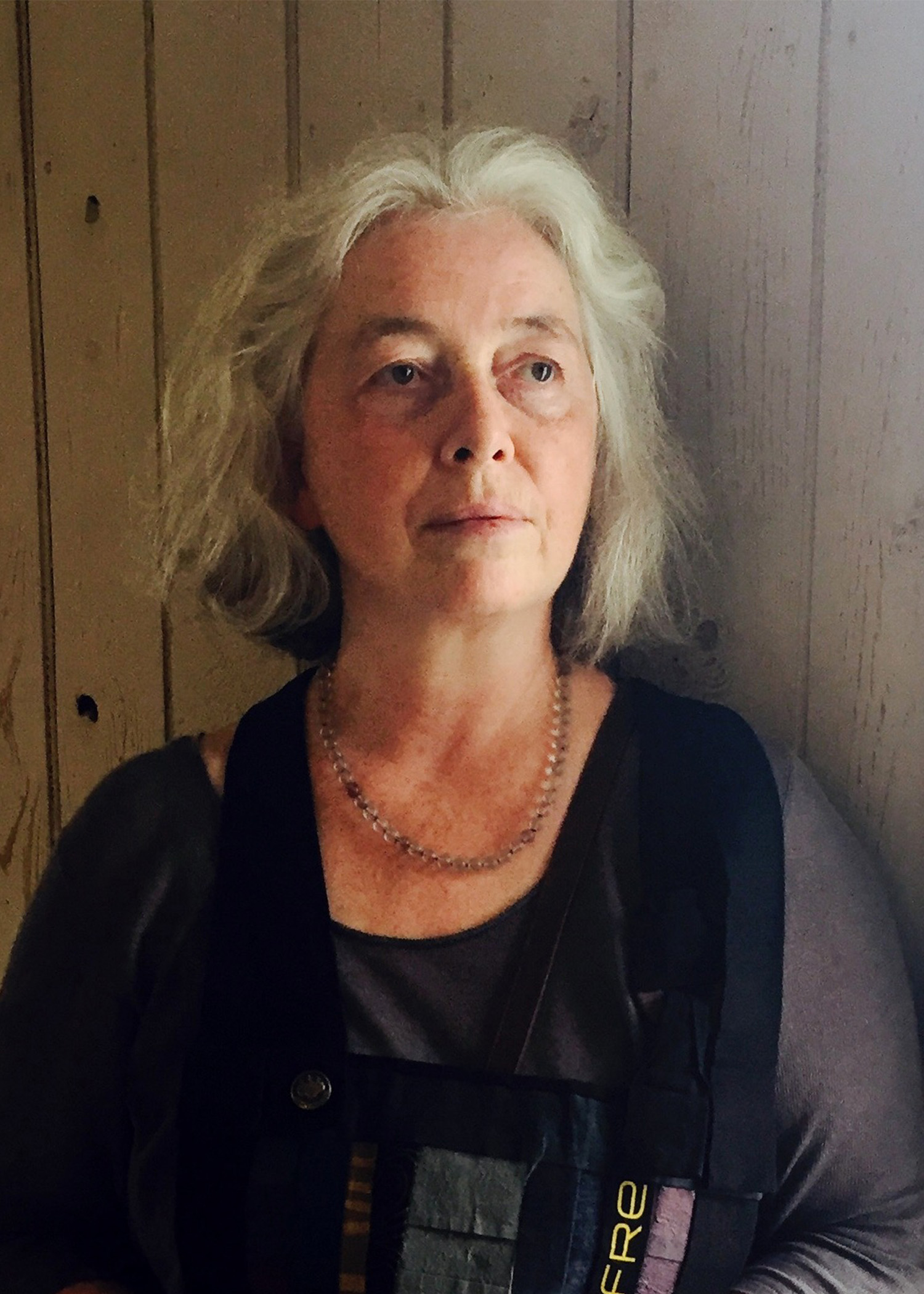Many in our community belong to local practice centers in various traditions where training is available. Others have elected to join the Zen Peacemaker Order two-year training program. With our Zen Peacemaker Core Trainings offering, we want to make the very most important and fundamental Zen Peacemaker practices of meditation, Council, and the Three Tenets easily available to everyone. These Core Trainings are free, offered at different times to support work and school schedules, and repeated quarterly. These can be taken à la carte and repeated as you wish.
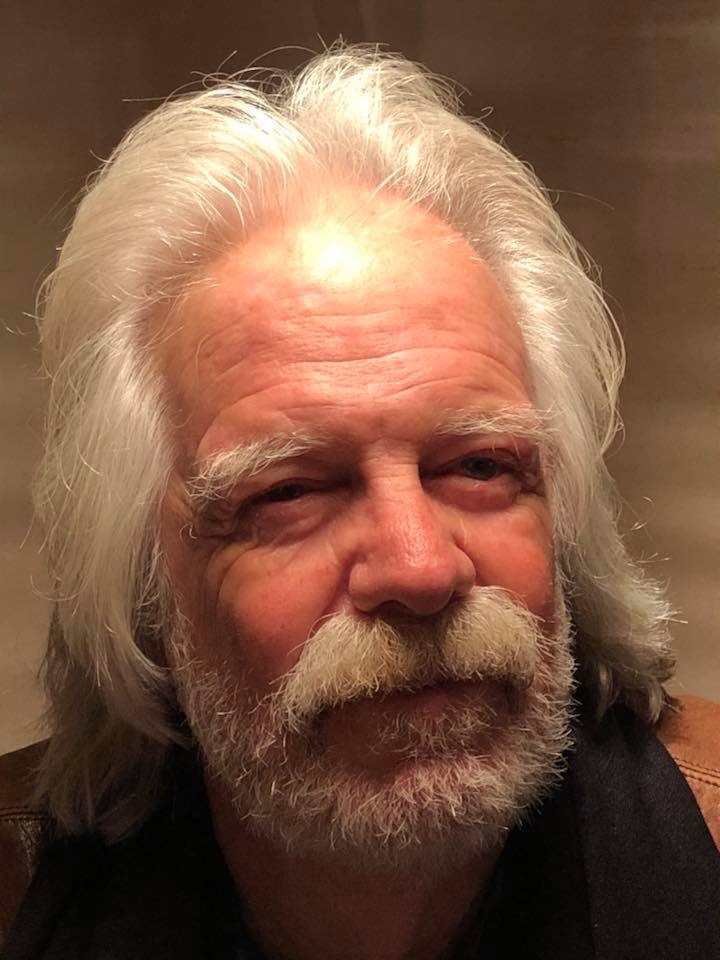
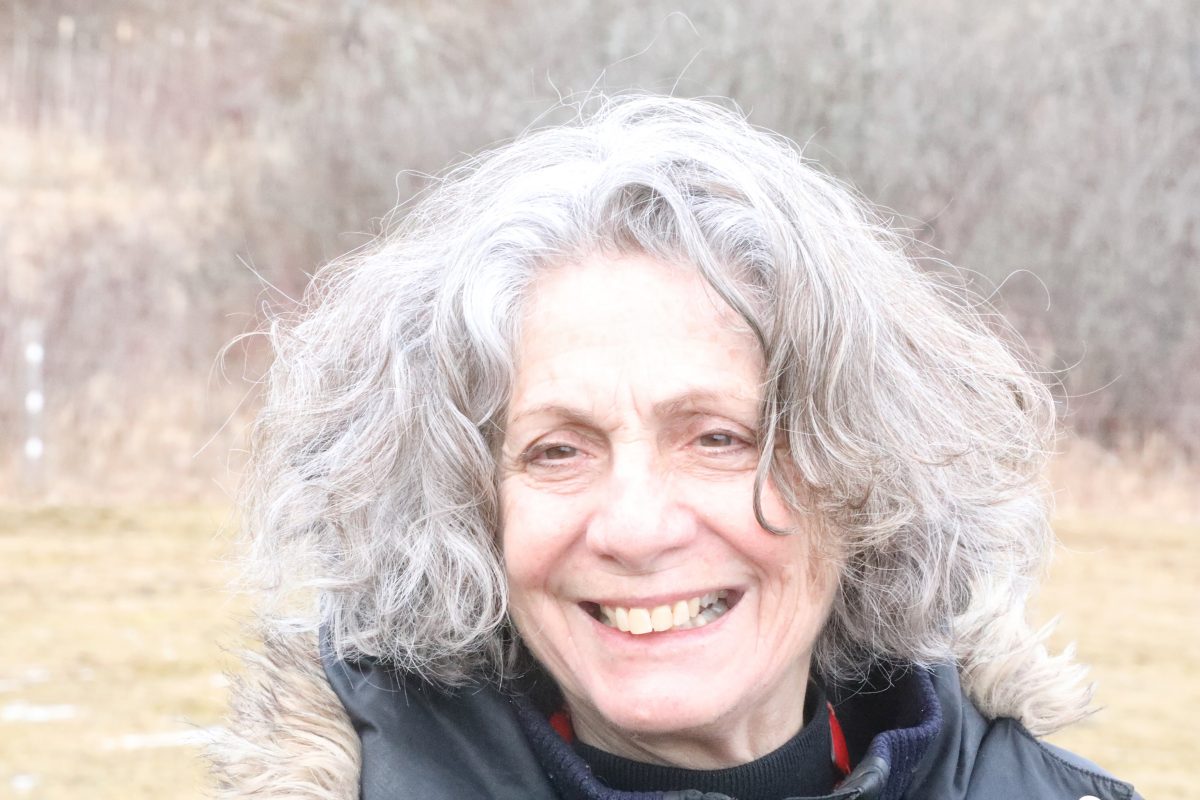
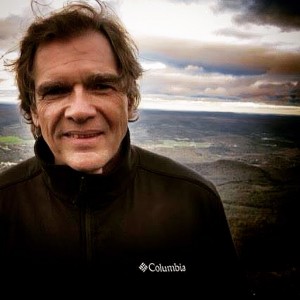
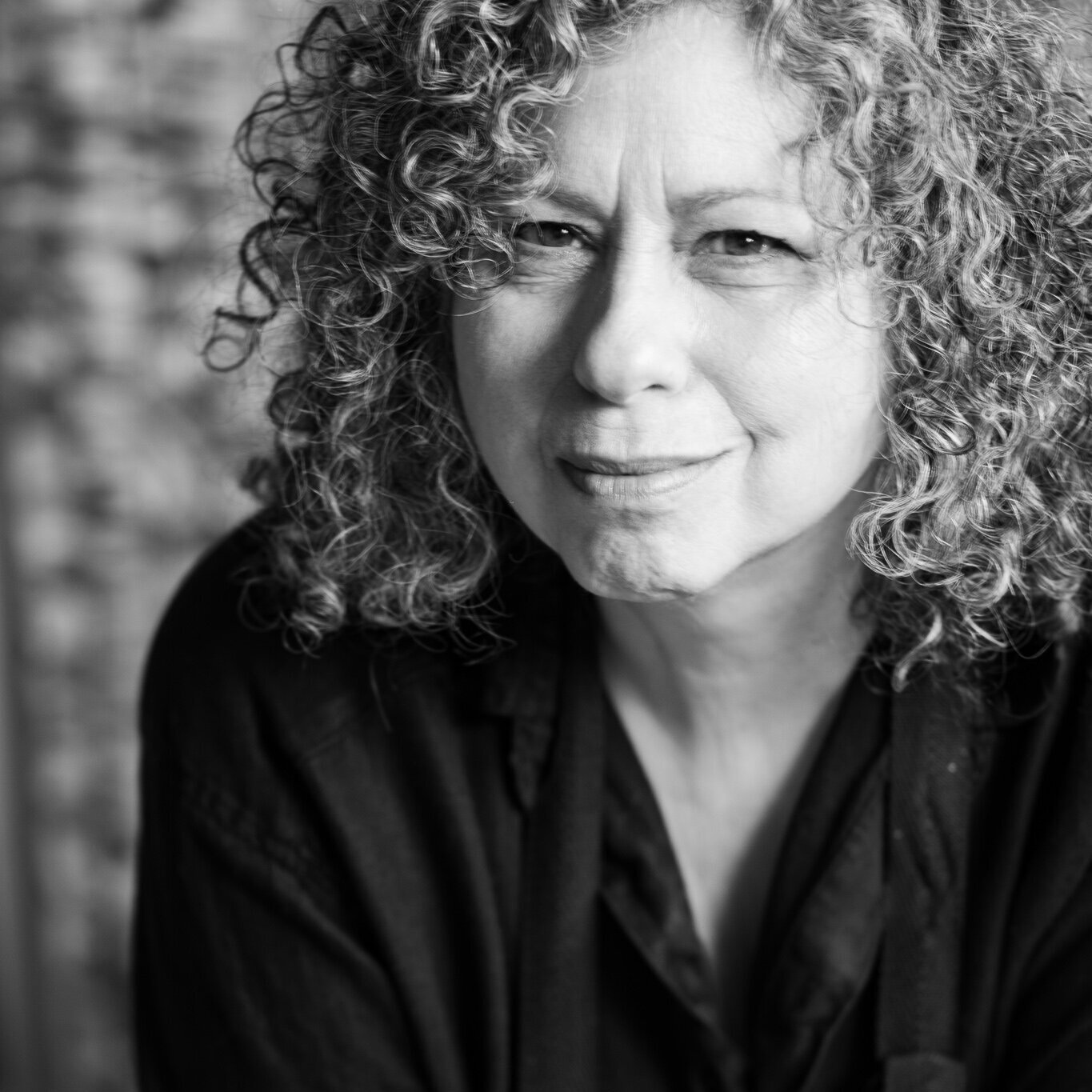
“Living for one hundred years does not compare with living for one day and arousing determination for the way.”
– Eihei Dōgen (永平道元)
We will offer a basic, introductory training in meditation, unattached to any specific tradition, that participants can put into personal practice immediately. It has been said, “Stillness answers every question.” Let’s explore that together. This class can be taken multiple times.
Human beings have been practicing mindfulness or meditation for millennia. It is a natural activity, like sleeping, walking, or moving about.
This practice is often part of a religious or spiritual tradition, taking on many different forms. Meditation is inherently unaffiliated with any doctrine or lineage.
Whatever position you choose, sitting in a chair, full lotus, half-lotus, Burmese, or kneeling with a cushion or bench, choose a posture you can hold comfortably for 30 minutes.
Once seated, roll your hips slightly forward, allowing your belly to relax and your breath to move freely.
Center your spine by gently swaying from left to right in decreasing arcs.
Push the crown of your head toward the ceiling, straightening and extending your spine. Then relax your shoulders.
Your head should not tilt forward or backward or lean to the side. Ears over your shoulders, nose in line with the navel.
Eyes are lowered at a 45-degree angle, looking about three feet in front of you without focusing the gaze. If there is a wall there, look as if you were seeing through the wall.
Lips and teeth should be gently closed, tip of tongue against roof of your mouth behind the front teeth. Swallow and suck the saliva from your mouth, creating a vacuum.
Place your hands in the cosmic mudra, left hand on top of the right, palms up, tips of the thumbs lightly touching, forming a wide oval. Hands should rest on lap, thighs, or lower abdomen, where they do not create a stress on your arms.
The whole point is to find an alert, energetic posture that will allow you to sit very still. Check yourself each time you sit, forming the habit of careful attentiveness to your body posture before zazen.
Breathe in through the nose, letting the air fill your lower abdomen as if it were a balloon, then gently release with a slow, deep out-breath … in and out, in and out.
Count one on the in-breath, two on the out-breath, three on the in-breath, four on the out-breath, and so on, up to ten. Then begin at one again. If it is more comfortable for you, you may count the out-breaths only and follow the in-breath without counting. If a thought causes you to stray from the counting, just notice that, return your focus to the breath, and begin the count again starting at one.
Although written meditation instructions can get you off to a good start, it is helpful to receive personal guidance from an experienced instructor. Above all, enjoy the experience. A great teacher once said that zazen is the gate of peace and compassion.
These instructions are reproduced from the Village Zendo‘s website, with permission.
In this Introduction, we will briefly present the history of Council, explain the guidelines we use, and then experience a short Council session.
Council, as it is referred to in short, is a modern practice derived from indigenous traditions, most importantly Native American, and developed by the Ojai Foundation.
Council is one of our most important core Zen Peacemaker practices. We share Council during our Bearing Witness retreats most every day. In Council, we come together in a small group in a profound way. We create a shared liminal space that is safe, confidential, and perhaps sacred. We each listen and speak from the heart, encountering and experiencing one another gently and with awareness. We are not solving problems or debating issues or making plans. We are making a healing space for each of us to hear and be heard, see and be seen.
The Circle invites individuals to come together in a dedicated and sacred space, to tune into one’s personal and collective truth, and to the land and nature taking part in the circle. Council is conducted using a set of guidelines, a center altar, and a talking piece which is passed around to indicate a single speaker. With these forms, council enhances our practices of deep listening, bearing witness and empathy. Council focuses our intention and energy on the common stories, values, fears, and aspirations that make us human; it reminds us that we are more alike than we are different. Most importantly, Council is a powerful container to experience the Three Tenets with others, entering the moment of the circle by Not Knowing, Bearing Witness to oneself and others, and Taking Action, relating from the heart.
The intentions of Council are:
1. When listening, listen from the heart, without analyzing, agreeing or disagreeing;
2. When speaking, speak from the heart, naming what is alive right now; Silence is welcome;
3. Be lean of expression, going to the essence of what needs to be spoken;
4. Be spontaneous, trusting what comes, rather than what one has rehearsed or what one thinks should be said;
5. Confidentiality, with deep respect for people’s privacy and the transiency of the moment, participants are encouraged to not engage with other participants on things that came up during council, and not to share its specific content with others.
These guidelines are not rules. They are practices, inviting us to appreciate the immediacy of the moment, the faith in ourselves and others. Each council is opened by an invocation – participants invite that which they would like to be witnessed by, invoke a state of mind, or others. It is closed by a dedication and prayer.
Council has been evoked around the world and during all Zen Peacemakers retreats, street retreats and plunges.
In our hour-long session, we will present and describe the Three Tenets and have time to take your questions.
Bernie Glassman articulated the Three Tenets of the Zen Peacemakers early in the evolution of the organization. But these three, simple, profound, vows or commitments can also be taken as a complete practice for our life:
We can practice and manifest our true selves in every situation and with everything that arises, using the Three Tenets. This is a lifelong practice, one we never complete.
In our hour-long session, we will present and describe our unique approach to peacemaking and have time to take your questions.
Our approach to Peacemaking is unique. As we practice the Three Tenets of Not Knowing, Bearing Witness, and Taking Action, we commit to not taking fixed positions, to embracing wholeness and unity, to setting a place at the table for everyone. In a world of conflict, suffering, and violence, how do we make peace in this way. Please join us to learn about Zen Peacemaking.


